Monsoon Season vs. Jangma (장마): What’s the Difference and How to Prepare in Korea
- FLip Korea

- Jun 20
- 4 min read

Every year, as summer approaches, South Korea braces for a period of heavy rainfall, known locally as "jangma" (장마). But wait - isn’t that just the monsoon season? Not quite. While the two terms are related, they’re not identical.
In this article, we’ll break down the difference between monsoon and jangma, explore the science behind the rain, and share essential tips on how to prepare for the season - whether you’re a local, a traveler, or a new resident in Korea.
What Is the Monsoon Season?
The term "monsoon" refers to a large-scale wind system that shifts direction seasonally and brings dramatic changes in weather - especially heavy rainfall.
Global Context:
South Asia (India, Bangladesh): Monsoons arrive in June and last until September, bringing floods and vital agricultural water.
Southeast Asia (Thailand, Vietnam): Monsoon rains dominate from May through October.
East Asia (China, Japan, Korea): A shorter, but intense, monsoon phase hits in summer.
👉 In short, monsoon = a broad climatological system that affects entire regions and countries.
What Is Jangma (장마)?
Jangma is the Korean term for the rainy season, caused by the same East Asian monsoon system — but with specific timing, cultural relevance, and characteristics in Korea.
Characteristics of Jangma:
Occurs between mid-June and late July.
Lasts about 3–5 weeks.
Caused by a stationary front (장마전선) that forms between warm, humid air from the south and cold air from the north.
Brings prolonged rainfall, humidity, occasional flooding, and unpredictable thunderstorms.
🧠 Think of jangma as Korea’s local “expression” of the broader monsoon system - tailored by geography and climate.
Key Differences at a Glance
Feature | Monsoon Season | Jangma (장마) |
Definition | Seasonal wind pattern with rain | Korean rainy season |
Scope | Global/Regional (Asia, Africa, Americas) | Specific to Korea |
Timing | Varies: May–October depending on region | Mid-June to late July |
Duration | Months-long | About 1 month |
Use | Meteorological term | Everyday term in Korea |
Cultural Relevance | Scientific, agricultural | Common in media, life, health |
What Happens During Jangma?
Humidity skyrockets: Indoor air feels damp and sticky.
Heavy, sustained rain becomes common - sometimes for days without pause.
Flash floods, leaks, and mudslides can occur in vulnerable areas.
Clothes take longer to dry, and mold growth becomes a real concern.
Allergies and respiratory issues can worsen due to moisture in the air.
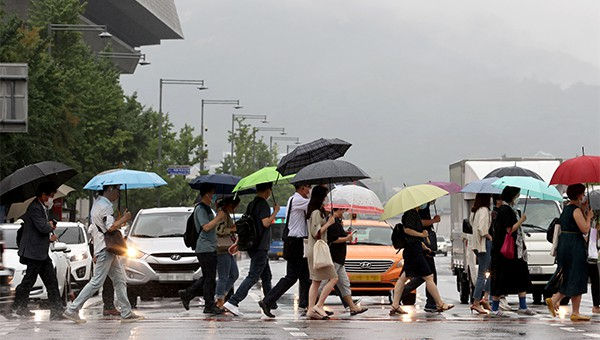
How to Prepare for Jangma in Korea
Here’s what you need to do before and during jangma to stay safe, dry, and healthy.
Essentials to Buy:
Sturdy umbrella or hooded raincoat
Waterproof shoes or sandals
Dehumidifier or moisture-absorbing packs (especially for closets!)
Air purifier (helps with musty smells and allergens)
Quick-dry clothing
Anti-slip mats for your home entrance
Home Tips:
Air out rooms when it's dry to prevent mold.
Clean window sills regularly — they get damp fast.
Keep electronics and important documents away from floor level.
Use a fan or dehumidifier in laundry areas.
Health & Lifestyle Tips:
Eat easily digestible food - humidity can affect your appetite.
Take extra care of skin - breakouts and fungal infections are more common.
If you have asthma or sinus issues, keep indoor air dry and clean.
For Travelers & Expats
Visiting Korea during jangma? Don’t cancel your plans - just be smart about them.
✔️ Do:
Visit museums, cafes, indoor markets, and aquariums.
Book accommodations with laundry drying options.
Pack a rain poncho, compact umbrella, and fast-drying layers.
❌ Avoid:
Hiking during or right after rain - landslides are a danger.
Visiting rural or flood-prone regions without checking advisories.
Wearing cotton shoes - they stay wet for hours.
While jangma and the monsoon season share a meteorological connection, jangma is uniquely Korean, both in its intensity and cultural footprint.
If you’re in Korea during the rainy season, take it in stride - prepare your space, adjust your wardrobe, and find joy in the rhythm of the rain. After all, jangma makes way for Korea’s stunning green landscapes and hot, vibrant summer festivals.
Credit: gettyimages beausimondsv
Bonus: What About Typhoon Season in Korea?
While jangma (장마) brings sustained rain in early summer, Korea’s typhoon season usually follows right after - typically from late July to early October.
Key Facts:
Typhoons are intense tropical storms originating in the Pacific Ocean.
Korea sees about 2 to 3 typhoons per year, though not all make landfall.
When they do, they bring extremely strong winds, heavy rain, and coastal flooding.
August and early September are peak months for typhoon activity.
What to Do:
Keep an eye on Korean Meteorological Administration (KMA) alerts.
Secure windows, balconies, and rooftop items.
Avoid travel near coastal areas or mountains during a typhoon warning.
Make sure you have flashlights, chargers, and extra food in case of outages.
Even after jangma ends, it’s wise to stay weather-aware during Korea’s late summer. With the right preparations, you can safely enjoy the season - come rain or typhoon.
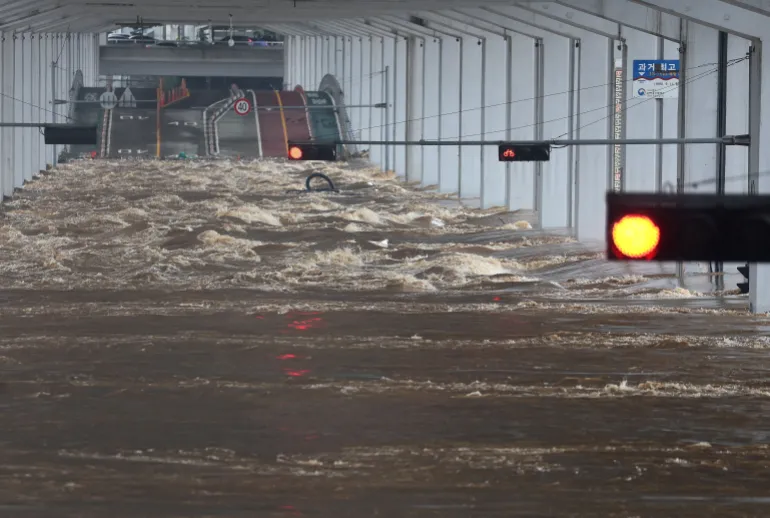




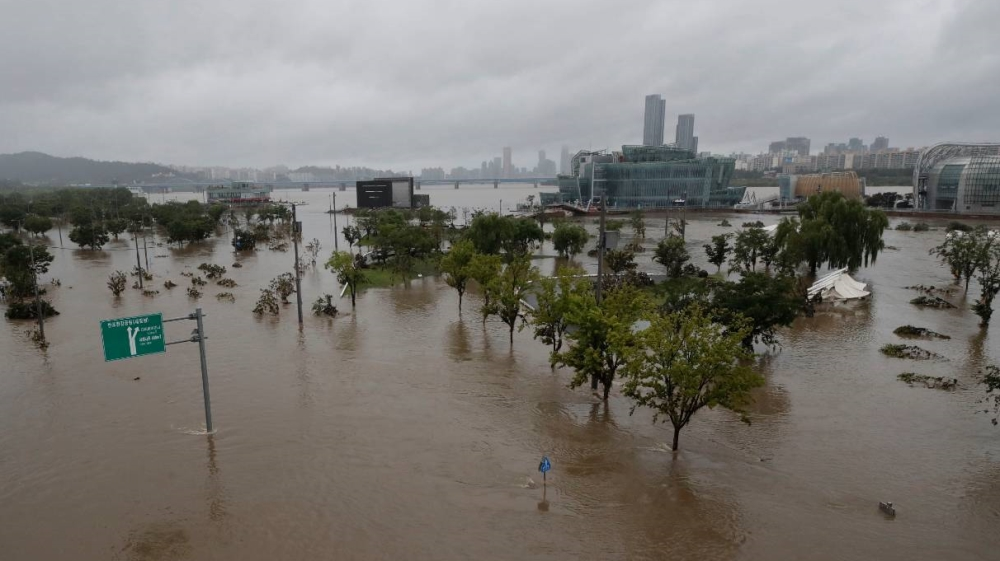
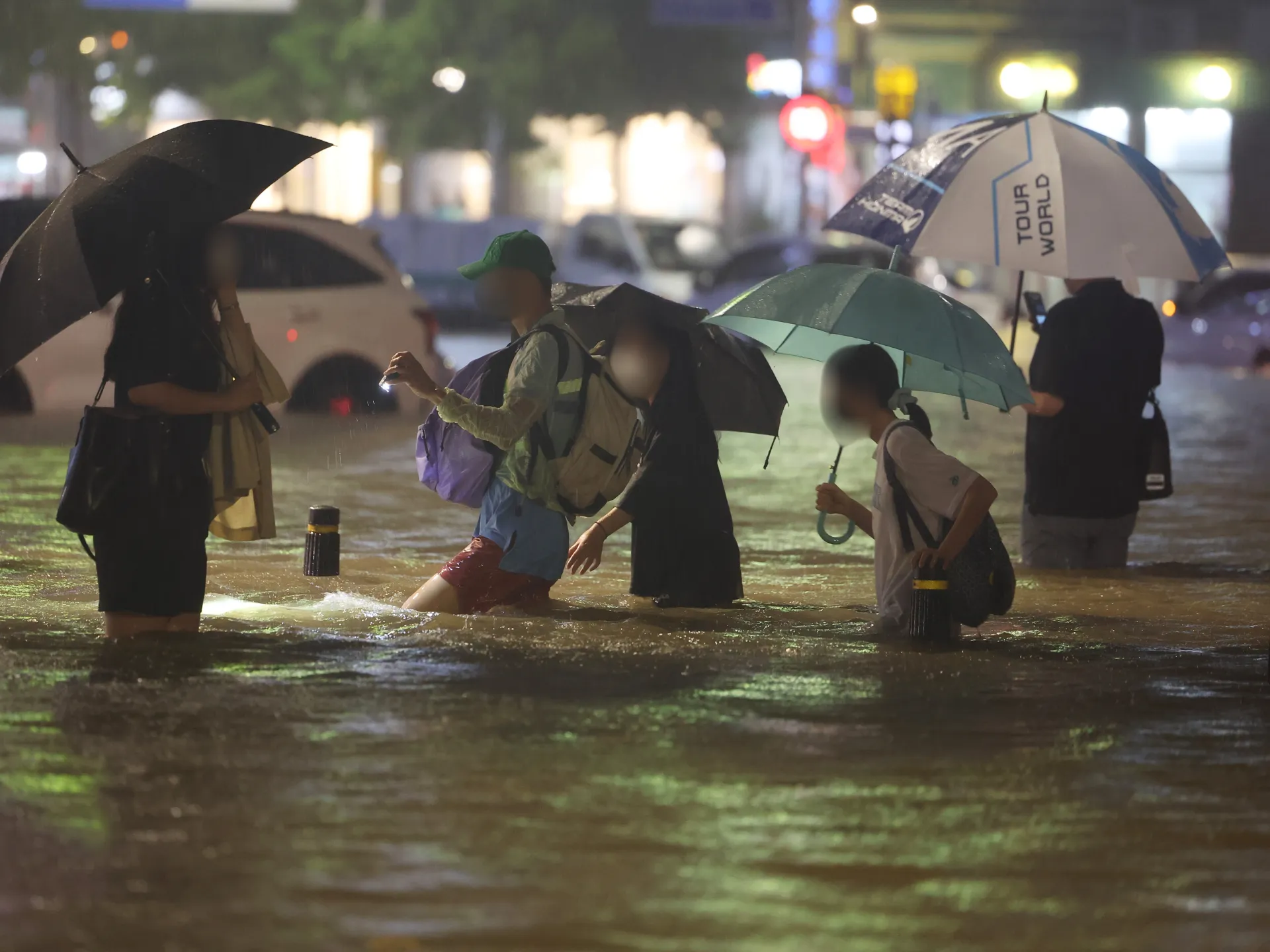

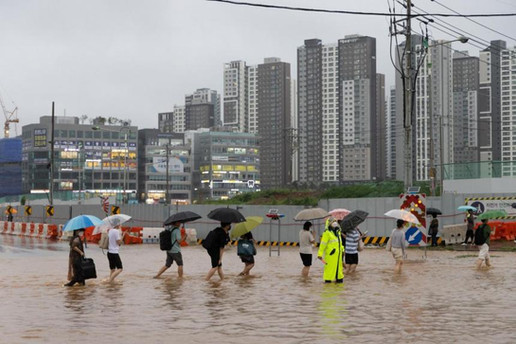


Very helpful and informative as someone about to live in Korea during the summer for the first time. Thank you for taking the time to make this post!